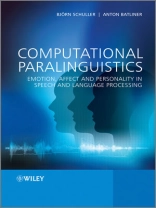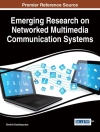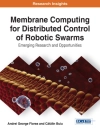This book presents the methods, tools and techniques that are
currently being used to recognise (automatically) the affect,
emotion, personality and everything else beyond linguistics
(‘paralinguistics’) expressed by or embedded in human
speech and language.
It is the first book to provide such a systematic survey of
paralinguistics in speech and language processing. The technology
described has evolved mainly from automatic speech and speaker
recognition and processing, but also takes into account recent
developments within speech signal processing, machine intelligence
and data mining.
Moreover, the book offers a hands-on approach by integrating
actual data sets, software, and open-source utilities which will
make the book invaluable as a teaching tool and similarly useful
for those professionals already in the field.
Key features:
* Provides an integrated presentation of basic research (in
phonetics/linguistics and humanities) with state-of-the-art
engineering approaches for speech signal processing and machine
intelligence.
* Explains the history and state of the art of all of the
sub-fields which contribute to the topic of computational
paralinguistics.
* C overs the signal processing and machine learning aspects of
the actual computational modelling of emotion and personality and
explains the detection process from corpus collection to feature
extraction and from model testing to system integration.
* Details aspects of real-world system integration including
distribution, weakly supervised learning and confidence
measures.
* Outlines machine learning approaches including static, dynamic
and context-sensitive algorithms for classification and
regression.
* Includes a tutorial on freely available toolkits, such as the
open-source ‘open EAR’ toolkit for emotion and affect
recognition co-developed by one of the authors, and a listing of
standard databases and feature sets used in the field to allow for
immediate experimentation enabling the reader to build an emotion
detection model on an existing corpus.
Tentang Penulis
Björn Schuller, Technische Universität
München, Germany
Anton Batliner, Friedrich-Alexander-Universität
Erlangen-Nürnberg, Germany












